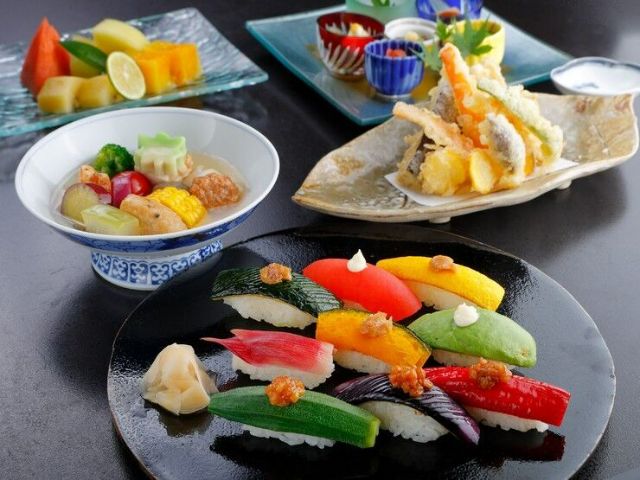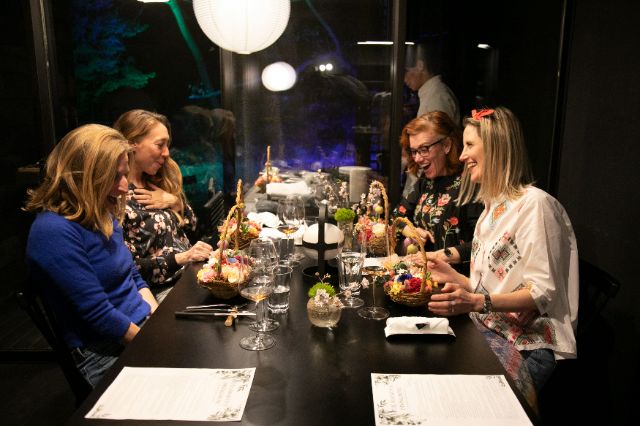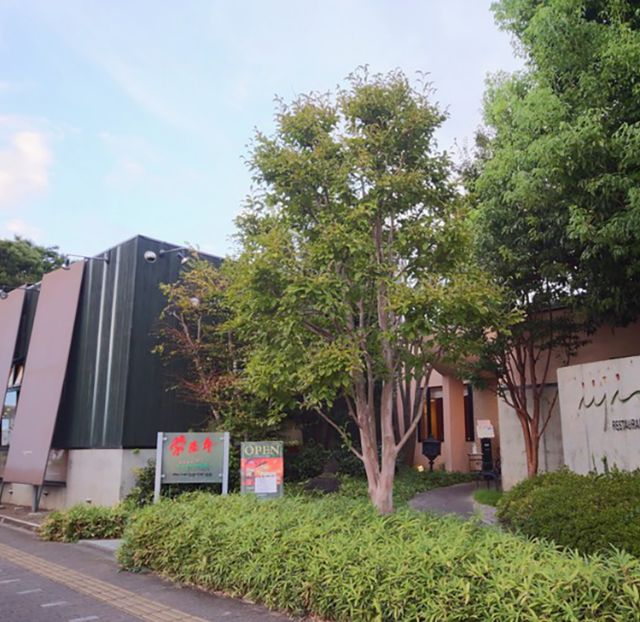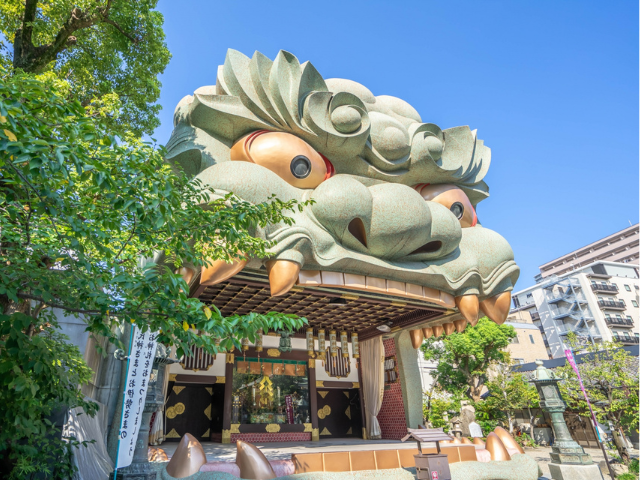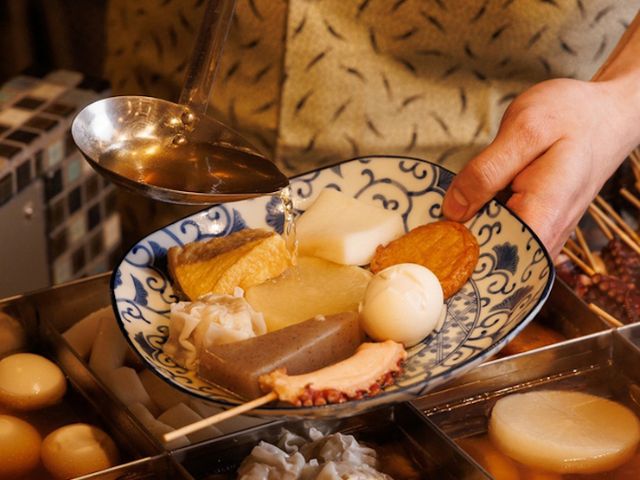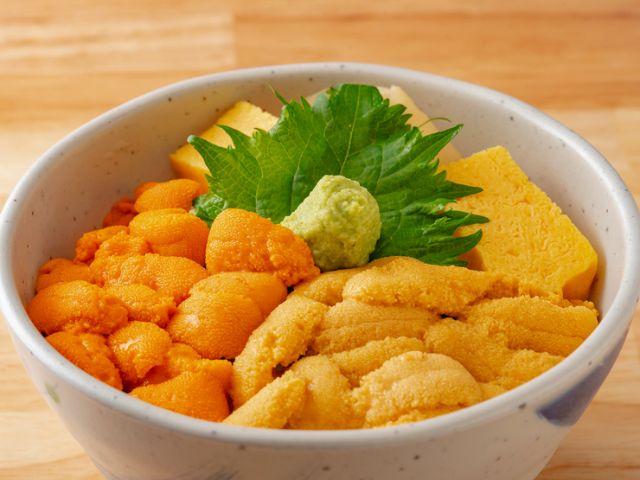Traditional dishes from history brought back to life for the modern day!
Update-Date: Feb 13, 2025
Author:
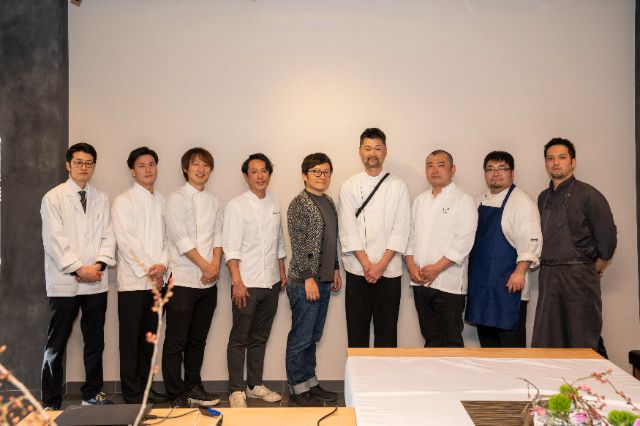
A one-of-a-kind culinary event blending rich ingredients with history and culture.
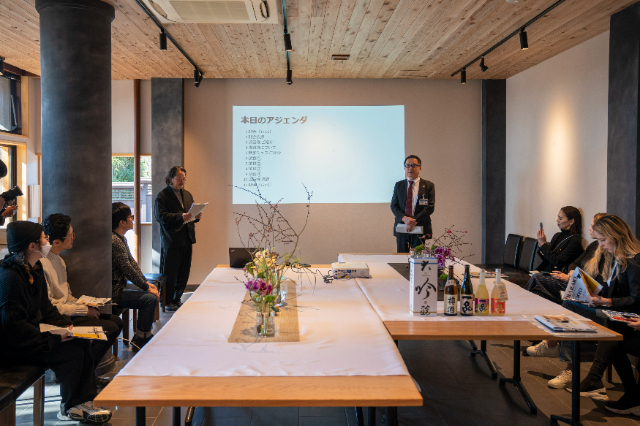
"In Ibaraki, a popular tourism destination known for its hands-on experiences, one of the most memorable aspects for visitors is undoubtedly the food they enjoy during their stay. By combining Ibaraki’s rich local ingredients with elements of history and culture, we aim to further promote the Ibaraki brand.”
Taking the stage as the lead evaluator was Takefumi Hamada, widely regarded as one of the world’s top foodies. He spends five months of the year dining abroad, three months in Tokyo, and four months traveling across Japan to explore regional cuisines.
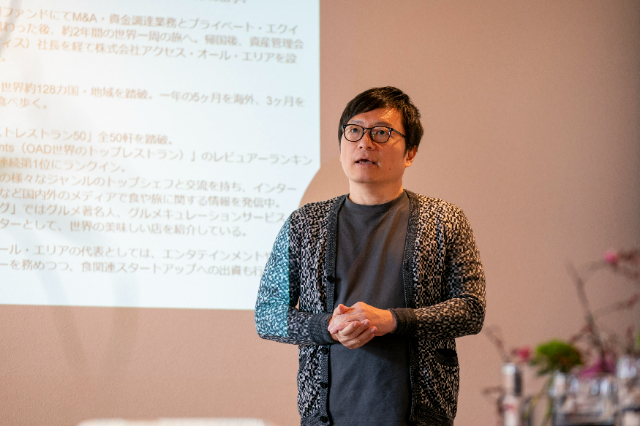
"In culinary-forward countries like Italy and Spain, it's common for people to travel to rural areas just to enjoy great food. That got me thinking—there must be incredible restaurants in Japan’s regional areas as well. That’s why I now dedicate about four months each year to exploring local cuisine across the country.”
“I’ve visited Ibaraki several times, and on my last trip, I had the chance to enjoy authentic monkfish hot pot. I’m excited to experience the unique blend of local ingredients, history, and culture here today, as it adds an original touch to Ibaraki’s gastronomic scene."
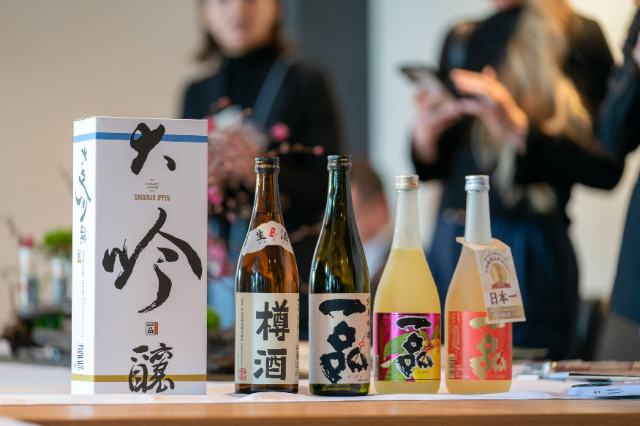

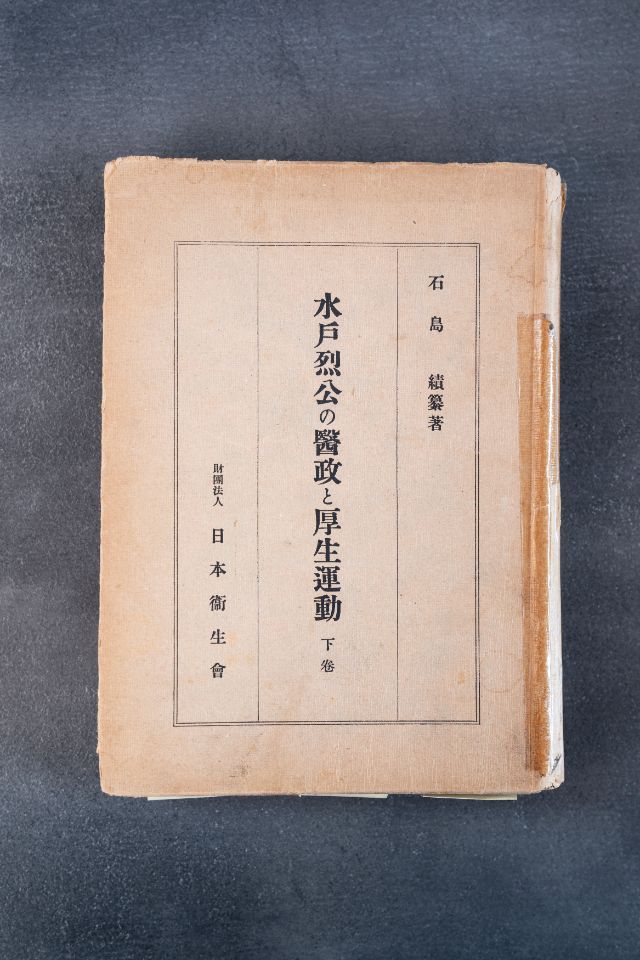
The Modern-Day Edition of the Shokusai-roku Menu Revived by Eight Top Chefs
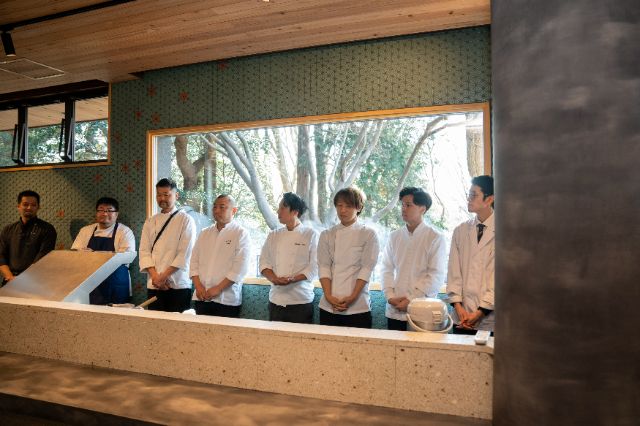

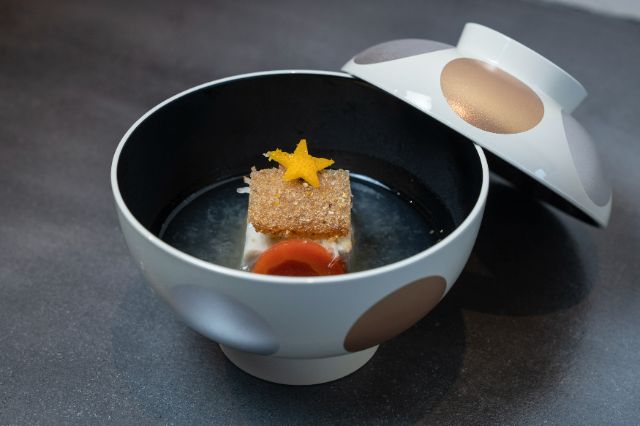
“Please savor this dish while imagining the stunning ice flowers that grace the Kuji River in midwinter,” said Kobayashi.
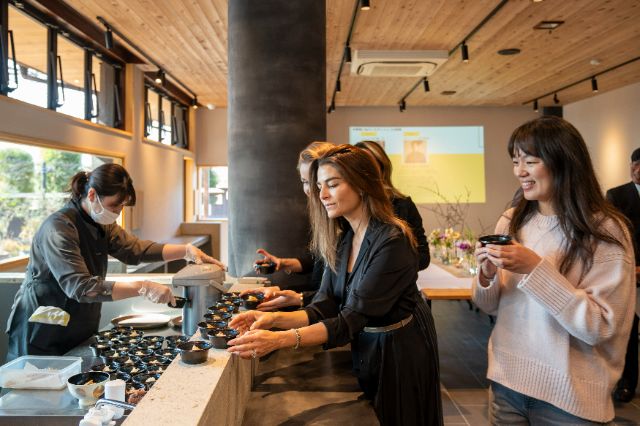
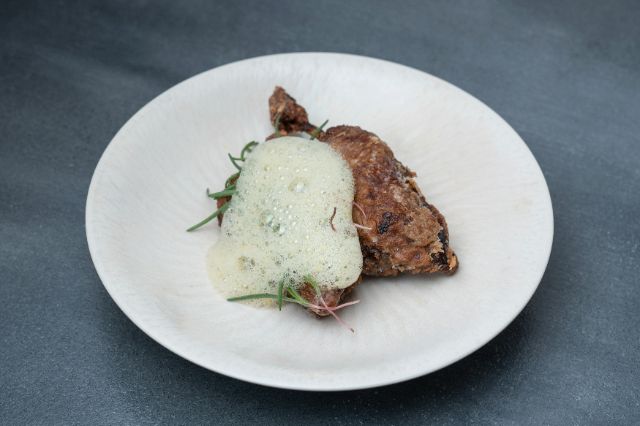

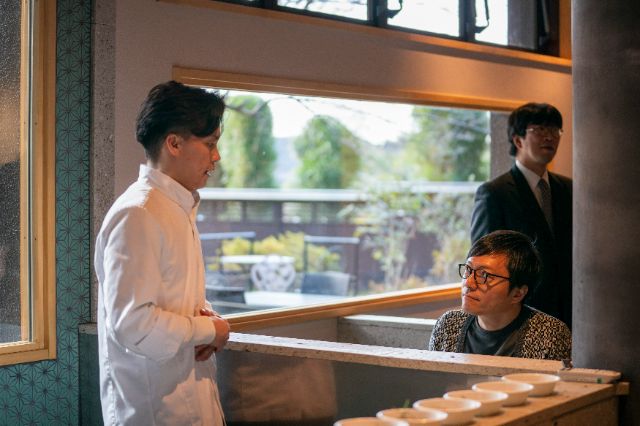
"Nowadays, local production for local consumption and using every part of an ingredient is seen as part of SDGs (Sustainable Development Goals) and is becoming trendy,” said Oi.
“However, in the era of the Shokusai-roku, that was simply the norm. Ingredients were used in their entirety. I believe there’s something we can learn from that. For this occasion, we used the entire sea bream."
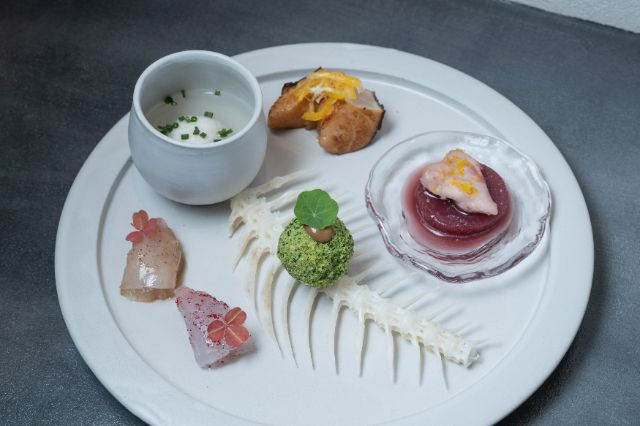
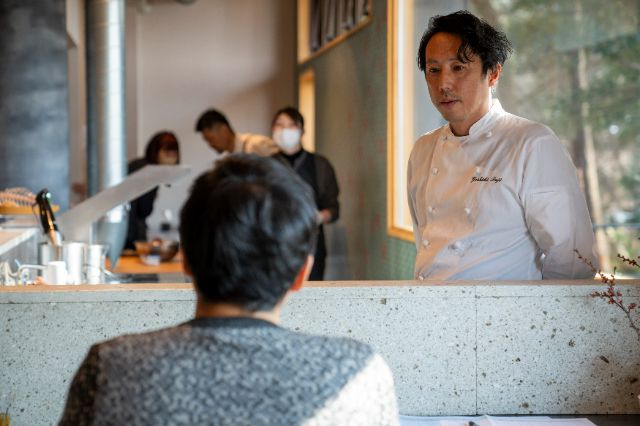
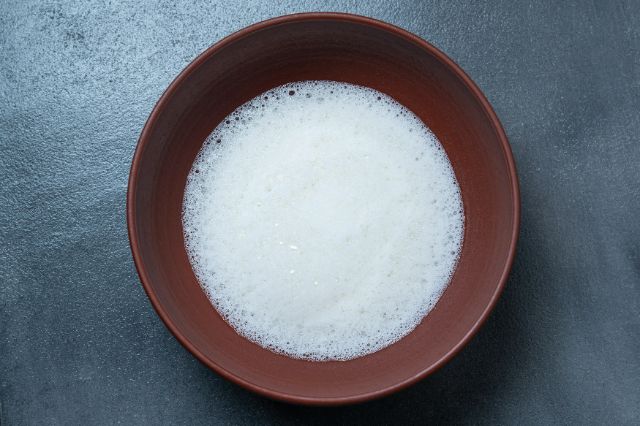
The fifth chef is Hideaki Kimura, the head chef of the renowned Yoshichou located in the city of Tsuchiura, a restaurant that has been around since the Edo period.
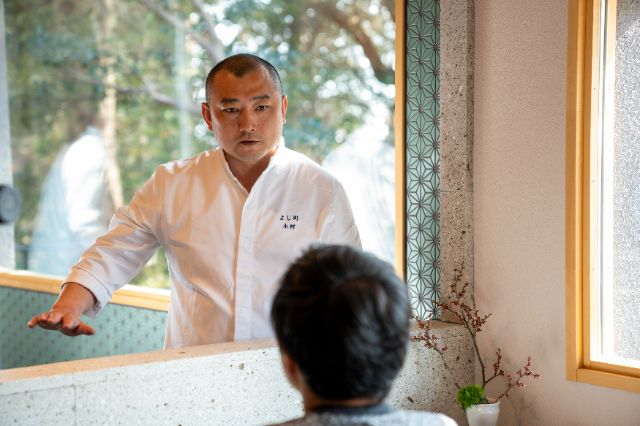
“However recently, we’ve finally established a connection with the producers, and I’ve been able to start using the koi in my dishes. Today's menu is inspired by the Koi no Kawatsukuri recipe from Shokusai-roku, with a focus on enhancing the natural sweetness of the koi. Typically, koi is eaten with garlic soy sauce or vinegar miso, but I wanted to showcase its delicate flavor, and ideally, I’d like people to enjoy it with just salt. While exploring ways to present it, I came across the phrase ‘harmonizing with vegetables’ in the Shokusai-roku. I thought that by pairing the koi with vegetables, I could balance the saltiness and enhance the dish. That’s how today’s menu was created.”
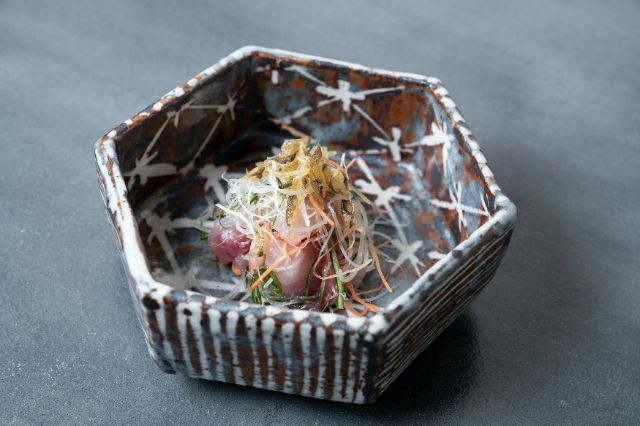
Hamada remarked, "Koi is often considered a difficult ingredient, and until now, I’ve never truly enjoyed it. But this was the first time I’ve had it prepared in a way that was genuinely delicious."
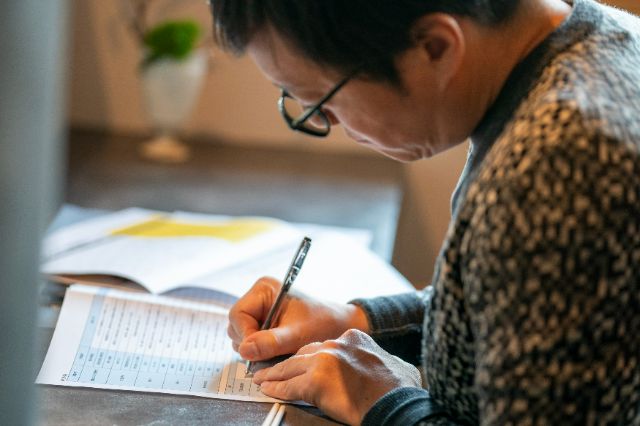
"This cooking method merges the traditional Chaozhou dish “Ice Fish” with the classic Hong Kong dish "Dancyu”. The sea bream is salted and left overnight, then lightly grilled on the surface over charcoal to create a crispy texture, and finished by quickly steaming it over high heat."
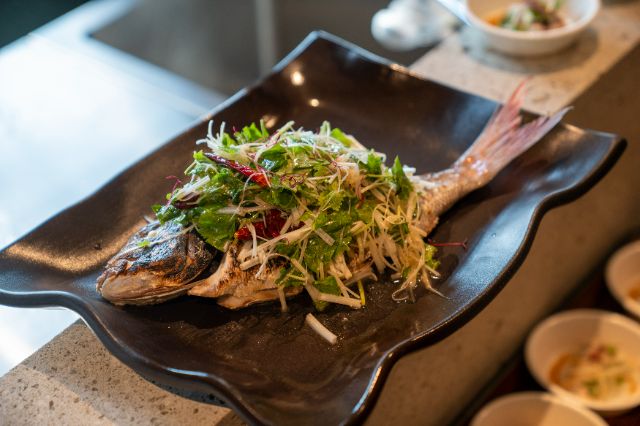
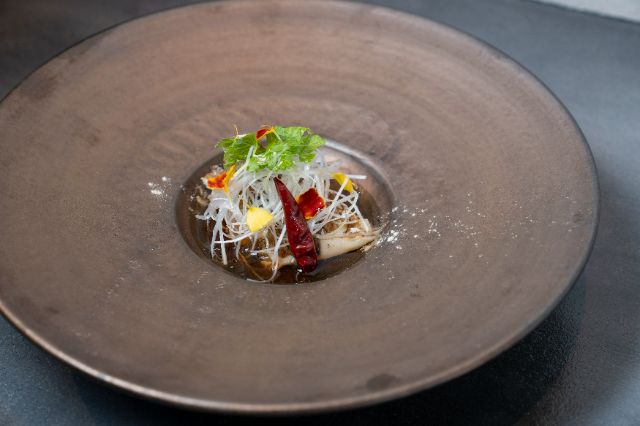
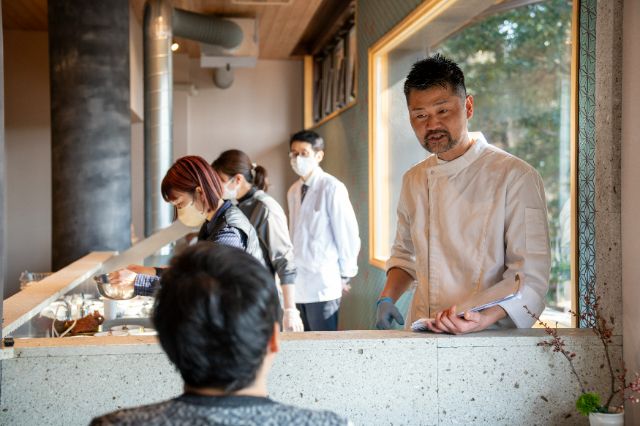
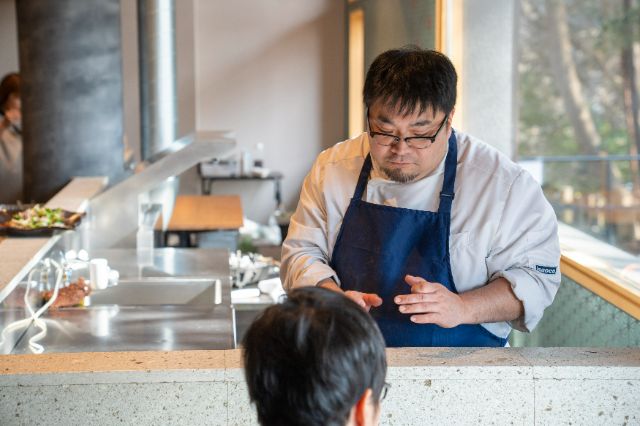
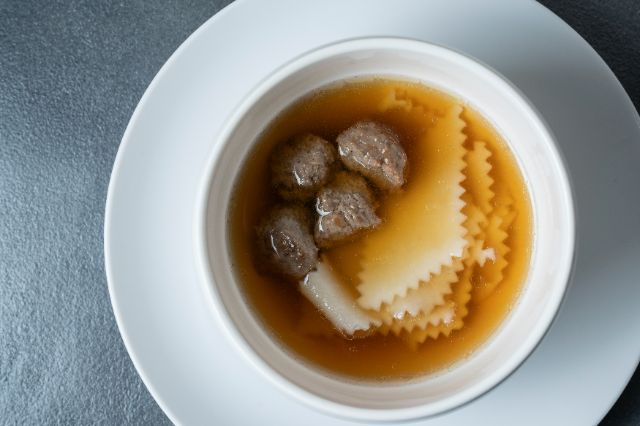
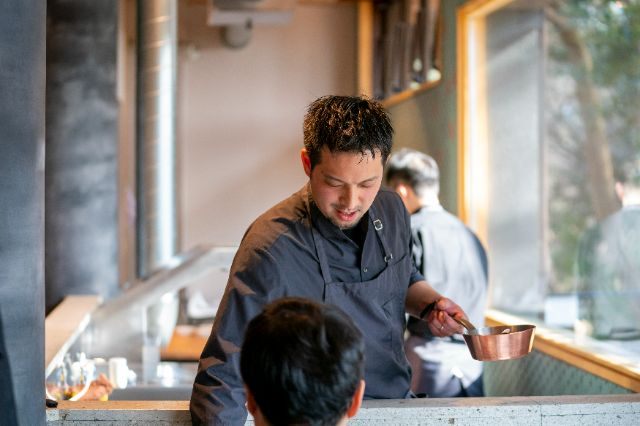
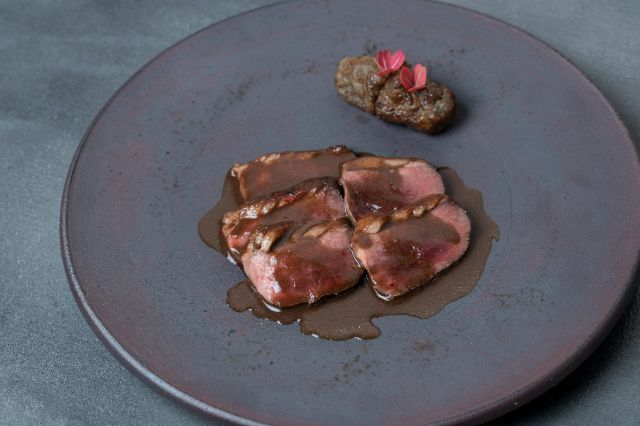
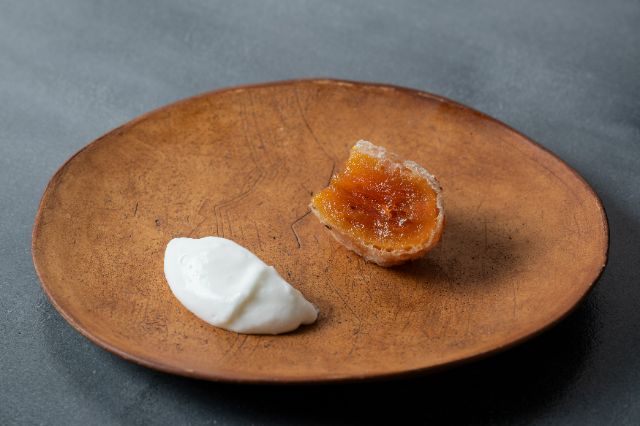
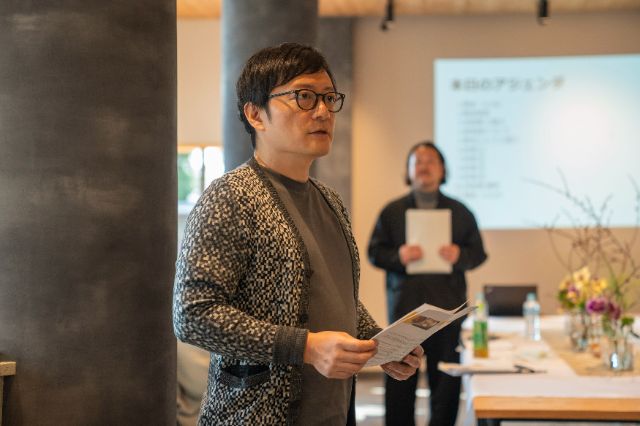
"I think events like this, which highlight local ingredients, are incredibly important in regional areas. But at the same time, it’s not just about the regions themselves—it’s about the stories behind them. I believe that having a story is crucial when promoting a region, and the core of that story is the Shokusai-roku. Also, without such historical books, it wouldn’t be possible to recreate these traditions, so the very existence of the Shokusai-roku is a unique advantage for Ibaraki Prefecture. For example, today, I had the opportunity to enjoy koi for the first time in a way that I found delicious. It was incredible to realize that, even back then, people knew how to enjoy koi by pairing it with vegetables.”
“What I’ve noticed while traveling around Japan is that even if such books exist, the local historians who research them and the chefs who put them into practice tend to work in separate fields. It’s difficult for those two areas to connect. That’s why events like this, where knowledge and practice come together, are such a wonderful opportunity. As several chefs mentioned earlier, traditional recipes and historical texts are filled with wisdom and hints for enjoying ingredients. I think this event has given all of us, me included, a chance to rediscover that. I am truly grateful for this incredible opportunity and want to thank everyone for such a wonderful experience."
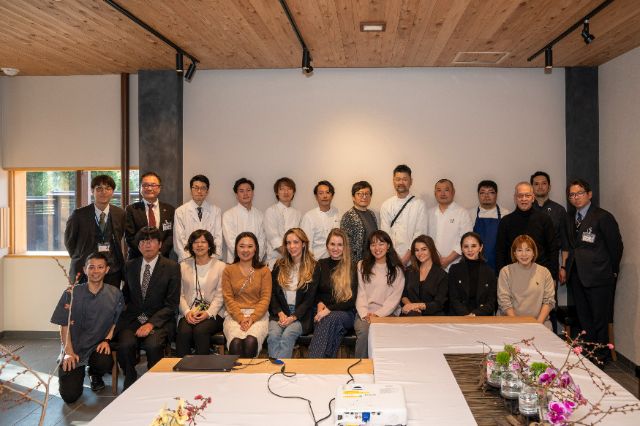
Disclaimer: All information is accurate at time of publication.
Thank you for reading our article.
Our goal is to take your culinary journey to the next level by helping you find the best restaurant. With SAVOR JAPAN, you can search and make reservations for
the restaurants found in and around Ibaraki that fill your needs.
Discover more restaurants by area
Keywords
Update-Date: Feb 13, 2025
Author:
Related Articles
New Articles
Categories
Cuisine
- Bars (23)
-
Japanese Cuisine (677)
- Kaiseki (46)
- Nabe (19)
- Okonomiyaki (24)
- Shabu Shabu (37)
- Soba (18)
- Sushi (137)
- Tempura (19)
- Teppanyaki (46)
- Shojin Ryori (3)
- Tonkatsu (11)
- Kushiyaki (10)
- Yakitori (44)
- Sukiyaki (35)
- Japanese Cuisine (342)
- Oyster (2)
- Sashimi/ Seafood (20)
- Unagi (eel) (31)
- Motsu Nabe (offal hotpot) (6)
- Mizutaki (chicken hot pot) (3)
- Oden (8)
- Kaisendon (seafood bowl) (9)
- Udon (2)
- Taverns(Izakaya) Cuisine (124)
- Western Cuisine (42)
- Italian/French Cuisine (95)
- Yakiniku/Steak (225)
- Chinese Cuisine (26)
- Ramen (Noodles) Cuisine (25)
- Cafe/Sweets (60)
- Other Asian Cuisine (5)
- Global/International Cuisine (7)
- Alcohol (45)
- Other (11)
Area
- Shikoku (10)
- Kyoto and Osaka (344)
-
Tokyo (458)
- Tokyo (284)
- Ginza (43)
- Roppongi (22)
- Shibuya (26)
- Shinjuku (46)
- Asakusa (20)
- Ebisu (12)
- Tsukiji (10)
- Tokyo Landmarks (4)
- Ueno (23)
- Akihabara (9)
- Ikebukuro (12)
- Jiyugaoka, Denenchofu, Nakameguro (9)
- Shimokitazawa (4)
- Kichijoji (3)
- Tachikawa (1)
- Omotesando, Harajuku, Aoyama (18)
- Akabane (1)
- Kagurazaka (4)
- Akasaka (10)
- Odaiba (1)
- Tsukishima, Harumi, Toyosu (3)
- Near Tokyo (100)
- Okinawa and Ryukyu Islands (58)
- Hokkaido (124)
- Northern Honshu (Tohoku) (31)
- Central Honshu (Chubu) (144)
- Western Honshu (Chugoku) (32)
- Kyushu (92)
Archives
- December 2025(8)
- November 2025(4)
- October 2025(3)
- September 2025(6)
- August 2025(11)
- July 2025(19)
- June 2025(18)
- May 2025(34)
- April 2025(43)
- March 2025(30)
- February 2025(36)
- January 2025(26)
- December 2024(69)
- November 2024(31)
- October 2024(15)
- September 2024(39)
- August 2024(65)
- July 2024(31)
- June 2024(54)
- May 2024(61)
- April 2024(28)
- March 2024(31)
- February 2024(42)
- January 2024(32)
- December 2023(20)
- November 2023(5)
- October 2023(11)
- September 2023(7)
- August 2023(18)
- July 2023(8)
- June 2023(8)
- May 2023(18)
- April 2023(15)
- March 2023(1)
- January 2023(1)
- April 2022(2)
- March 2022(2)
- February 2022(1)
- January 2022(1)
- July 2021(1)
- March 2021(1)
- February 2021(1)
- December 2020(1)
- October 2020(1)
- September 2020(2)
- August 2020(10)
- July 2020(6)
- June 2020(9)
- May 2020(11)
- April 2020(8)
- March 2020(8)
- February 2020(13)
- January 2020(9)
- December 2019(24)
- November 2019(8)
- August 2019(14)
- July 2019(15)
- June 2019(18)
- May 2019(17)
- April 2019(16)
- March 2019(22)
- February 2019(22)
- January 2019(26)
- December 2018(34)
- November 2018(40)
- October 2018(32)
- September 2018(11)
- August 2018(8)
- July 2018(6)
- June 2018(9)
- May 2018(10)
- April 2018(21)
- March 2018(74)
- February 2018(39)
- January 2018(26)
- December 2017(59)
Keywords
- Omakase
- Accessible
- Affordable
- All-You-Can-Eat
- Amazing Scenery
- anime
- Art
- Autumn
- Awards
- Beer Gardens
- Breakfast
- Chef Recommendations
- Cherry Blossoms
- Chinese
- Close To Station
- Condiments
- Counter
- Coupon
- Crab
- Culture
- Dassai
- Dates
- delivery
- Early Summer
- Editor's Recommendation
- English Available
- Event
- Expo
- Fall Leaves
- Family-Friendly
- Famous Restaurant
- Famous Tourist Spot
- Fast Food
- festival
- fireworks
- Flower Farm
- Free Wi-Fi
- French
- Great Location
- Guide
- Hibachi
- hotpot
- How To
- hydrangea
- Hygiene
- Illumination
- Italian
- Izakaya
- Japanese
- Japanese alcohol
- jingisukan
- Kaiseki
- Kappo
- Kushiage
- Kushikatsu
- Kyoto
- Late-Night
- Lunch
- Manners
- matsusakagyu
- Michelin
- mizutaki
- Model Course
- monjayaki
- motsunabe
- Mt.Fuji
- Multilingual Menus
- Nabe
- Narita Airport
- New Year
- Ninja
- Noodle
- Oden
- Okonomiyaki
- omotenashi
- Onsen
- Osaka
- Osaka Station
- Photogenic Site
- pizza
- PR
- Private Room
- Ramen
- ranking
- Recipe
- Regional Cuisine
- Resort
- Rice Bowl Dish (Donburi)
- sacred places
- Sake
- Sakura
- Sashimi
- sea urchin
- Setouchi Area
- Shabu Shabu
- sightseeing
- Signature Dish
- Soba
- Solo Diners Welcomed
- Spicy Food
- Spring
- Steak
- Summer
- Sunflower
- Sushi
- takeout
- Teppanyaki
- Terrace Seating
- Tokyo
- Tokyo Experiences
- Tokyo Skytree
- Tokyo Tower
- unagi
- UNESCO
- Vegan
- Vegetarian
- Wagyu
- What Popular Gourmet Sites Recommend
- Whisky
- Wine Bar
- Winter
- Wisteria
- Workshop
- World Heritage Site
- World Writers
- Yakiniku
- Yoshoku
- Yuba
- Zen
Discover Restaurants By Area
-
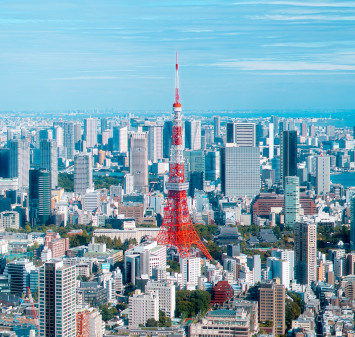
Tokyo Area
Japan's largest city, Tokyo, is the center of culinary culture in Japan. Countless Tokyo restaurants serve every kind of food imaginable and the Toyosu fish market keeps restaurants stocked with the nation's finest fish.
-

Near Tokyo
Coastal areas, mountains and valleys surrounding Tokyo are bursting with tourist destinations, such as hot springs and ski slopes, where many unique foods are only available locally.
-
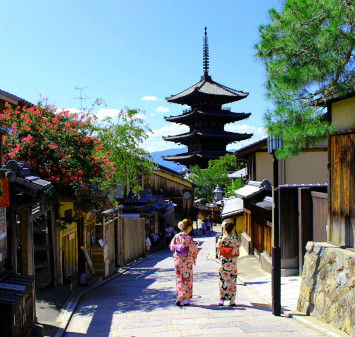
Kyoto and Osaka Area
The cities of Kyoto and Osaka, together with their surrounding areas, have greatly influenced Japan's culinary culture since the 7th Century. The region is renowned for its entertainment, Kobe beef, and wide-ranging traditional dishes.
-
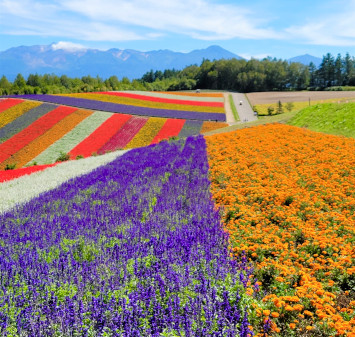
Hokkaido Area
The island of Hokkaido is home to wide-ranging produce of the finest quality, such as rice, meat, vegetables, fish and fruit. Popular dishes from Hokkaido include robatayaki (food slowly roasted on skewers) and Sapporo miso ramen.
-
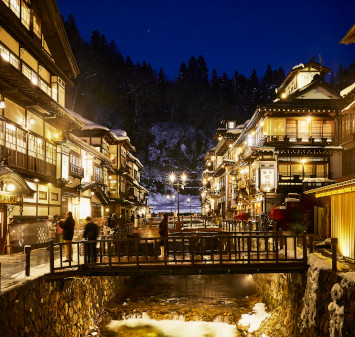
Northern Honshu (Tohoku)
The northern end of Japan's main island, Honshu, is renowned for its seasonal fruit and vegetables, nation-leading harvest of fish (especially tuna from Ohma), and delicious beef from Yonezawa, Sendai and Yamagata.
-
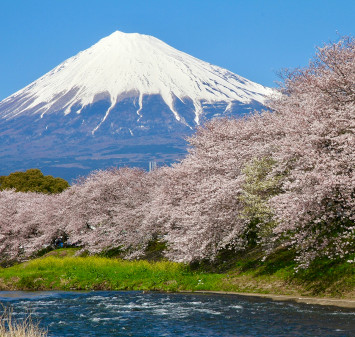
Central Honshu (Chubu)
Chubu is in the center of Japan's main island, Honshu, and its culinary culture reflects its position between Japan's western and eastern halves. Delicious Hida beef, world-famous Mount Fuji and many acclaimed sake breweries are in Chubu.
-
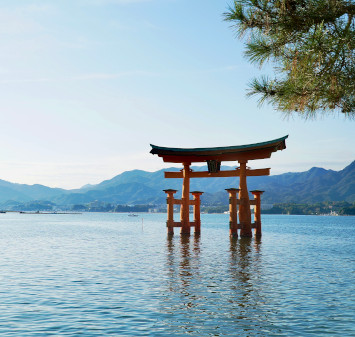
Western Honshu (Chugoku)
Chugoku, on the southwest of Japan's main island, is rich with diverse produce. Many of its products are praised as Japan's best, including Matsuba crabs from Tottori and oysters from Hiroshima. Its pears and muscats are also top grade.
-
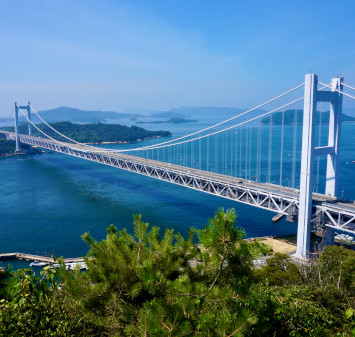
Shikoku
The mild climate of Shikoku is ideal for growing citrus fruit such as sudachi. Shikoku is also famous for Sanuki udon noodles, huge yields of tiger prawn from Ehime Prefecture and the best torafugu (tiger globefish) in the country.
-
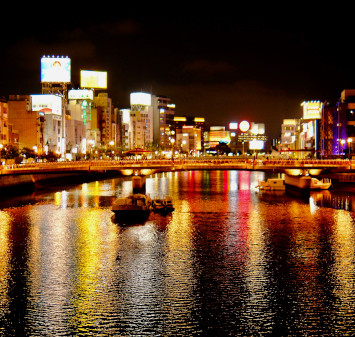
Kyushu
Western culture was first introduced to Japan through Kyushu, Japan's third largest island, where the influence of Portuguese and other western cuisine influenced the creation of a colorful culinary tradition.
-
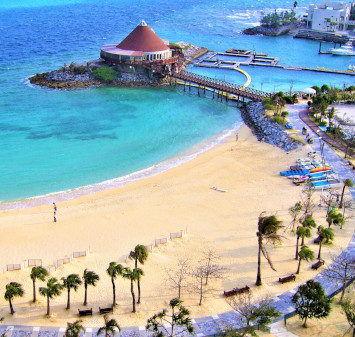
Okinawa and Ryukyu Islands
Okinawa, Japan’s southernmost prefecture, is a treasure trove of distinctive dishes and drinks that have become popular throughout Japan, including Okinawa soba, unique sushi toppings and Awamori distilled liquor.


